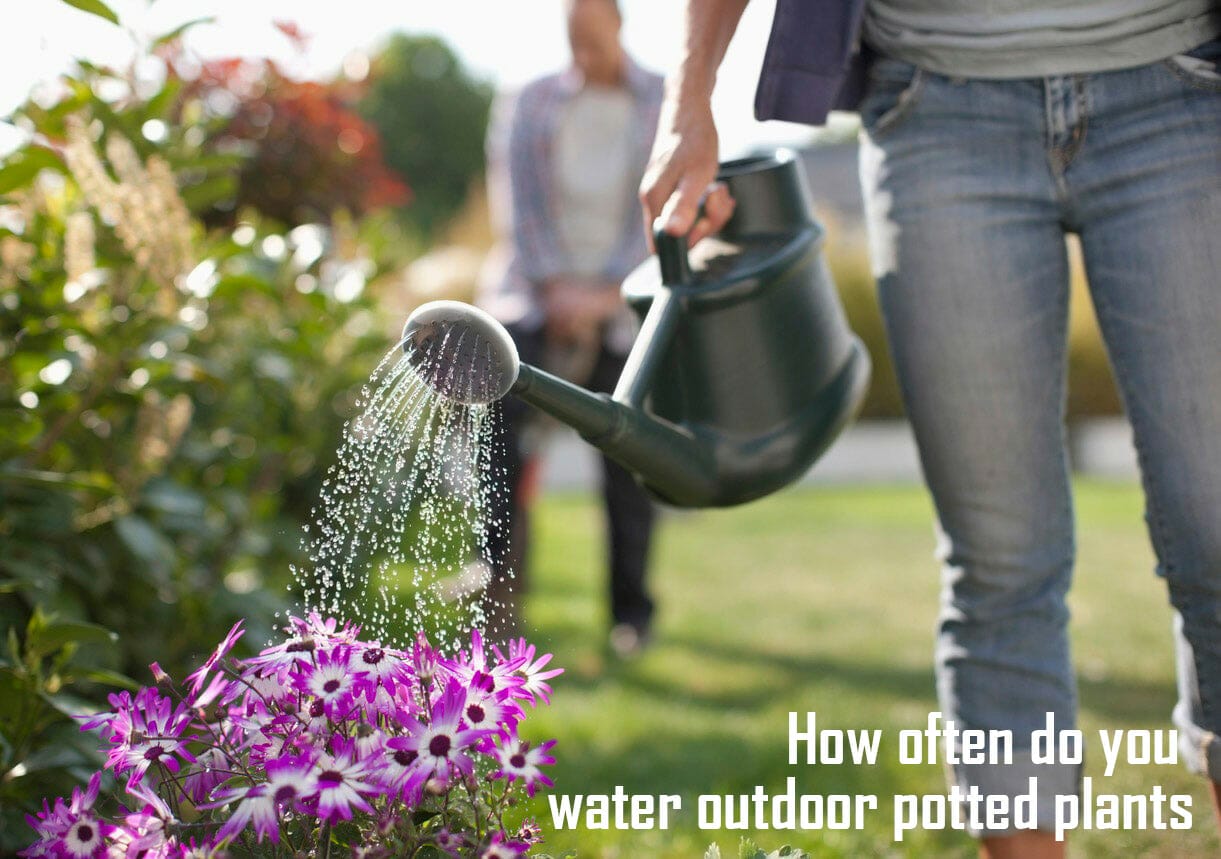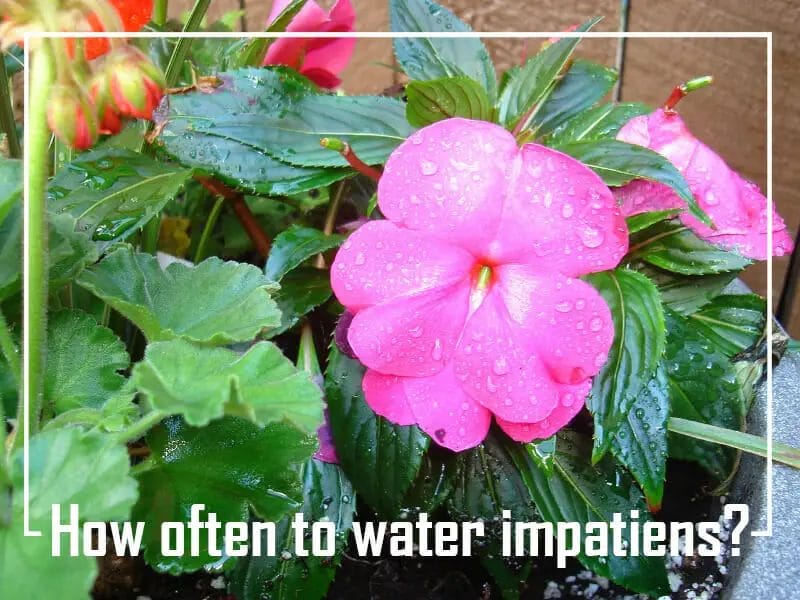Have you ever found yourself in a situation where your water heater needs to be drained, but you don’t have a drain valve? Trying to figure out how to get the job done without the proper tools can be frustrating. Luckily, you can successfully follow some simple steps to drain your water heater without a drain valve.
Water heaters are essential to our daily lives, providing hot water for showers, washing dishes, and laundry. However, without proper maintenance, sediment buildup can occur, reducing the efficiency of your water heater and potentially causing damage. Draining your water heater is an important part of regular maintenance, but not all water heaters have a drain valve.
If you find yourself in a situation where you need to drain your water heater without a drain valve, don’t panic. There are several methods you can use to successfully complete the task. In this article, we will explore the steps you can take to drain your water heater without a drain valve and keep your water heater running smoothly.
Here is How to Drain a Water Heater Without Drain Valve
1. Turn off the Power of Your Water Heater
Taking all the necessary precautions to turn off the power supply to your water heater is a crucial step before attempting to do any repairs or maintenance. Electric water heaters require you to spin off the system’s circuit, while a gas-powered model may require you to switch its pilot knob into “pilot” mode.
This will ensure that the burners are disabled and unable to ignite, leading to a safe environment for work. Additionally, for both models, it’s important to turn off the gas valve to completely shut down the heater and prevent any risk of fire or gas leakage.
For best results, remember that you should always wait at least four hours before draining away hot water from your heater – otherwise, you might be scalded by the steam coming out of it during operation.
In this way, shutting down the power supply correctly is an absolute must when dealing with your water heater, so make sure it’s one of your first steps when beginning work on it. Do not forget: safety comes first in home repair.
2. Power off Water Supply
To ensure a successful installation, replacement, or repair of your water heater, it is essential to turn off the water supply. Begin by inspecting your water heater tank and finding the cold water supply pipe leading into it.
Along this line, near the top of the tank, you should see a valve that can be manually closed. To double-check that no one in the house may require any water use while you are working on your heater, some plumbers also recommend turning off the main home water supply valve.
Turning off the main home and hot water valves is especially important if you plan to open your tank’s temperature and pressure (T&P) relief valve. Doing so can affect your house’s access to hot and cold running water.
After all, preparations have been made, and all safety precautions are taken, it’s time to begin installing or replacing your new/old water heater – a task sure to bring you peace of mind.
3. Drain the Busted Valve
Taking out a broken plastic drain valve can be daunting. Luckily, there are two simple and dependable methods to accomplish this task. The first method involves putting a self-tapping serrated screw through the nipple to obstruct it. This approach is very easy and requires only a screwdriver. Anyone can do it.
The second method uses a manual drill to drill a hole through the plastic drain valve. This precautionary step avoids any electric shocks that may result should water come into contact with your device during renovation. For better results, consider having a hacksaw blade by your side to cut off small sections of the valve as needed while drilling.
4. Drain the Water
Once you’ve made an opening to let the water out, it is time to attach a garden hose or any other hose pipe. Ensure the other end is properly connected to a drain or prepared container. To avoid any mess, placing a rug underneath the valve will help catch any drips or spills.
Once both ends are connected, leave the hose in place and allow the water to drain until no more comes through completely.
In case there isn’t any water coming out of your hose even after several minutes, this may be due to clogging in your drains due to a build-up of sediments over time. To fix this problem, attach one end of the hose pipe to a nearby faucet and then open it on full blast, so the backwash clears up any blockage.
Remember to turn off the faucet once all the clogs have been cleared away for good and now you’ll be able to freely drain out all the excess water from your plumbing system without a hitch.
Can I Drill a Hole to Drain?
Drilling a hole into a hot water heater might seem like an easy drain, but this method is not recommended. If a hole is drilled in the side of the tank, the water can escape out, but unfortunately, the heating element at the bottom of the tank will remain full.
This can cause severe overheating on the heating element, potentially damaging it and causing your hot water heater to break down promptly. In addition to this, any sediment present at the bottom of your hot water heater will be released in all directions when you drill that hole.
This sediment can ruin fixtures and pipes around your home, leading to costly repairs or complete replacement of your hot water heater.
To sum it up, while drilling a hole in your hot water heater may seem easier to drain it effectively, it is not recommended due to potential damage caused by leaving the heated element full and releasing sediment into other parts of your home’s plumbing system.
It is best to completely empty your hot water heater and take professional advice before attempting this DIY task on important equipment such as a hot water heater.
Frequently Asked Questions [FAQs]
1. Do all water heaters have drain valves?
2. How often should I drain my water heater?
3. Is a drain valve necessary?
4. Does a water heater need a drain?
5. Where must a drain valve be installed?
Conclusion
Installing a drain valve on your water heater is best if possible. If the water heater does not have a drain valve, you can still empty it without one by opening the cold supply line and valves near the bottom of the tank. Regardless, draining your water heater should be done at least once every three to five years or when sediment builds up in the tank. Doing so will help keep your water heater in good working order and maintain efficiency.






